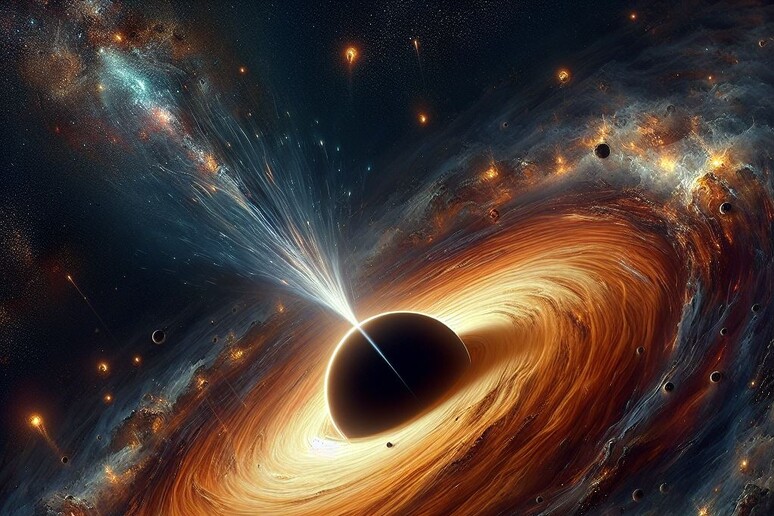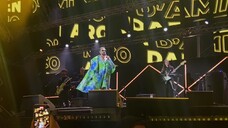The oldest black hole ever seen is over 13 billion years old, according to an new Italian-led study, published on Nature. The discovery was made thanks to the James Webb Space Telescope (JWST) of NASA, the European Space Agency and the Canadian Space Agency. The black hole dates back to just 400 million years after the Big Bang.
The discovery was made by an international team led by Italian researcher Roberto Maiolino of Cambridge University.
The team also featured other Italians and the contribution of Pisa's Scuola Normale.
It showed that the object is surprisingly large for the primordial universe, a few million times the size of our Sun, and the discovery calls into question current theories of how black holes are formed.
“The new data obtained with the JWST ruled out some of the more standard theories on the formation of these black holes, and therefore it was necessary to develop new ones,” said Maiolino.
"Two scenarios are the most plausible: that the black holes may have already been big when they formed, which may have happened following the gravitational collapse of enormous clouds of primordial gas.
"Or the first black holes may have formed from the collapse of the first stars, and, therefore, they would have initially been relatively small and then grown very rapidly, at a much higher rate than estimated by previous hypotheses".
Indeed, astronomers believed that the supermassive black holes found at the centers of galaxies such as the Milky Way had grown to their current size over billions of years.
But this is the problem: the universe wasn't even one billion years old when this black hole was already fully formed.
Riproduzione riservata © Copyright ANSA













